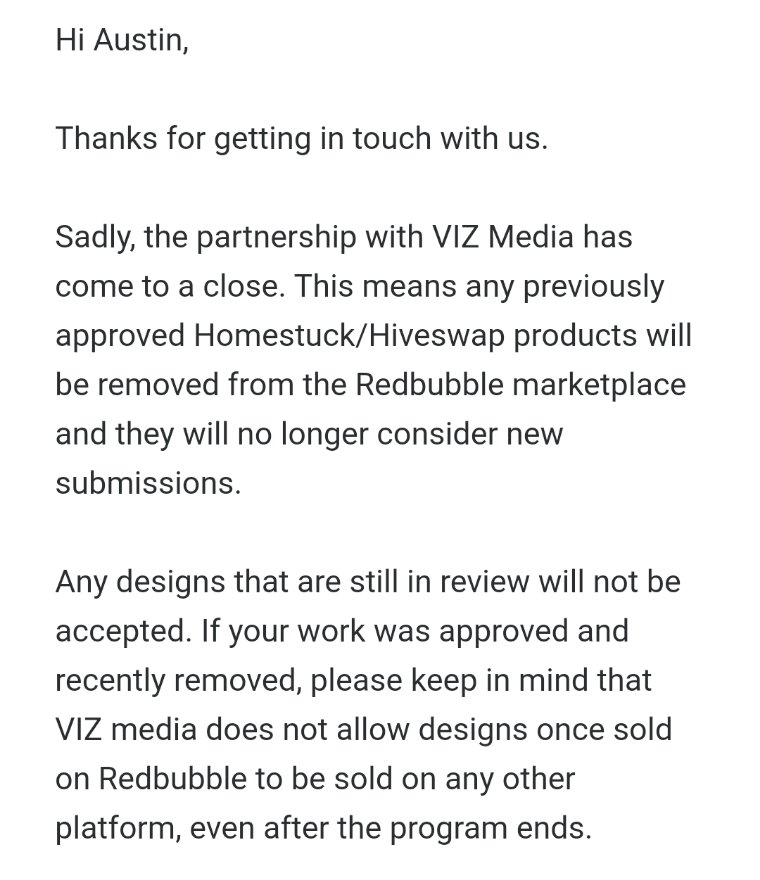Git is changing. GitHub, GitLab, and the core git team have a made a system of changes to phase out the use of the word “master” in the development tool, after a few years of heated (heated) discussion. Proponents of the change argue “slavery is bad”, while opponents inevitably end up complaining about the question itself being “overly political”. Mostly. And, with the tendency of people in the computer science demographic to… let’s call it “conservatism”, this is an issue that gets very heated, very quickly. I have… thoughts on this, in both directions.
Formal concerns about problematic terminology in computing (master, slave, blacklist) go back as early as 2003, at the latest; this is not a new conversation. The push for this in git specifically started circa 2020. There was a long thread on the git mailing list that went back and forth for several months with no clear resolution. It cited Python’s choice to move away from master/slave terminology, which was formally decided on as a principle in 2018. In June of 2020, the Software Freedom Conservancy issued an open letter decrying the term “master” as “offensive to some people.” In July 2020 github began constructing guidance to change the default branch name and in 2021 GitLab announced it would do the same.
First, what role did master/slave terminology have in git, anyway? Also, real quick, what’s git? Put very simply, git is change tracking software. Repositories are folders of stuff, and branches are versions of those folders. If you want to make a change, you copy the file, modify it, and slot it back in. Git helps you do that and also does some witchery to allow multiple people to make changes at the same time without breaking things, but that’s not super relevant here.
That master version that changes are based is called the master branch, and is just a branch named master. Changes are made on new branches (that start as copies of the master branch) which can be named anything. When the change is final, it’s merged back into the master branch. Branches are often deleted after they’re merged.
 Is (git) master a dirty word?
Is (git) master a dirty word?
 Your engine hasn't earned your rent
Your engine hasn't earned your rent
 I Built the Wii Shop Wednesday Wii
I Built the Wii Shop Wednesday Wii

 ja, es kawaii
ja, es kawaii

 The Sarah Z Video Fallout
The Sarah Z Video Fallout


